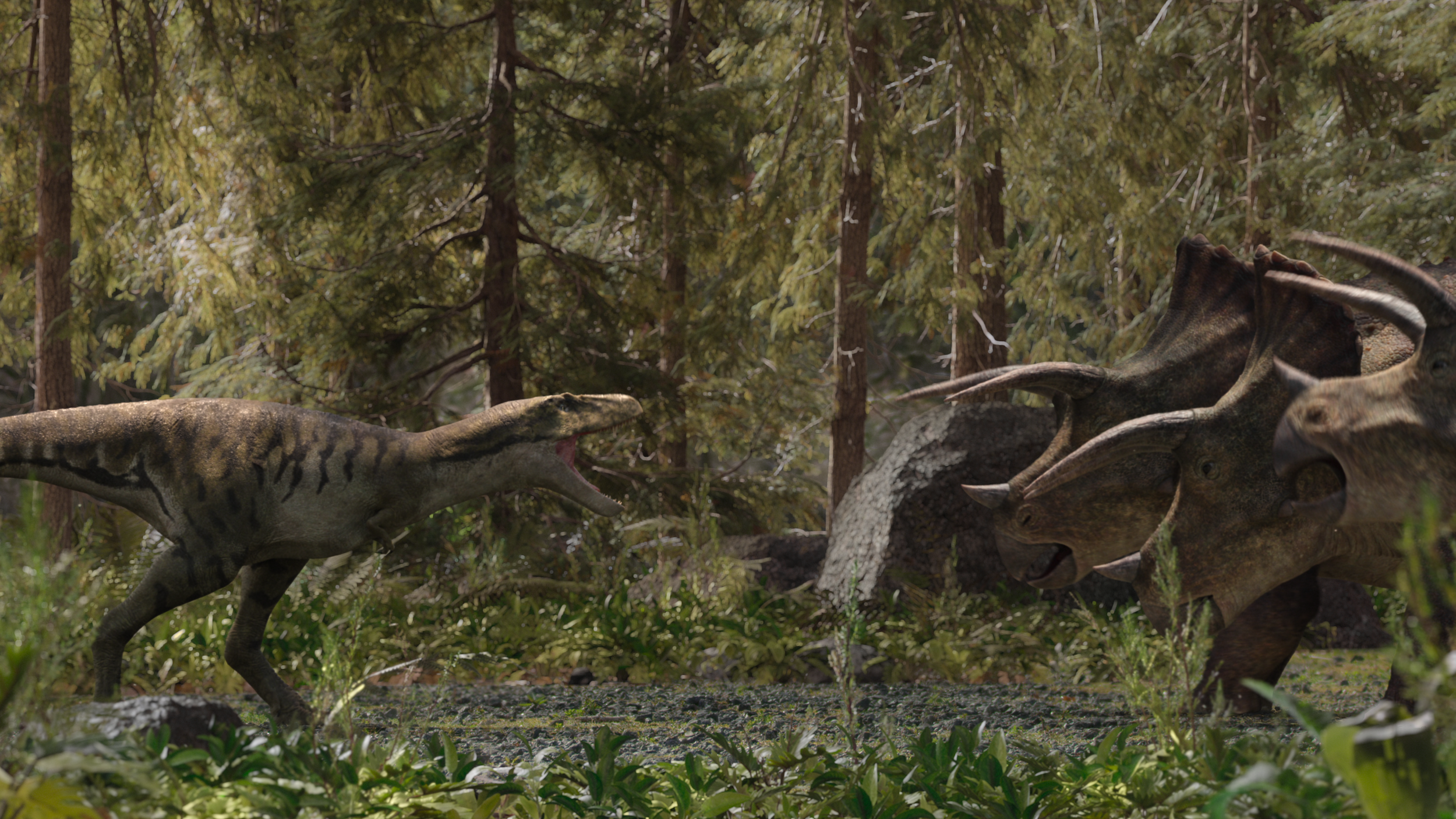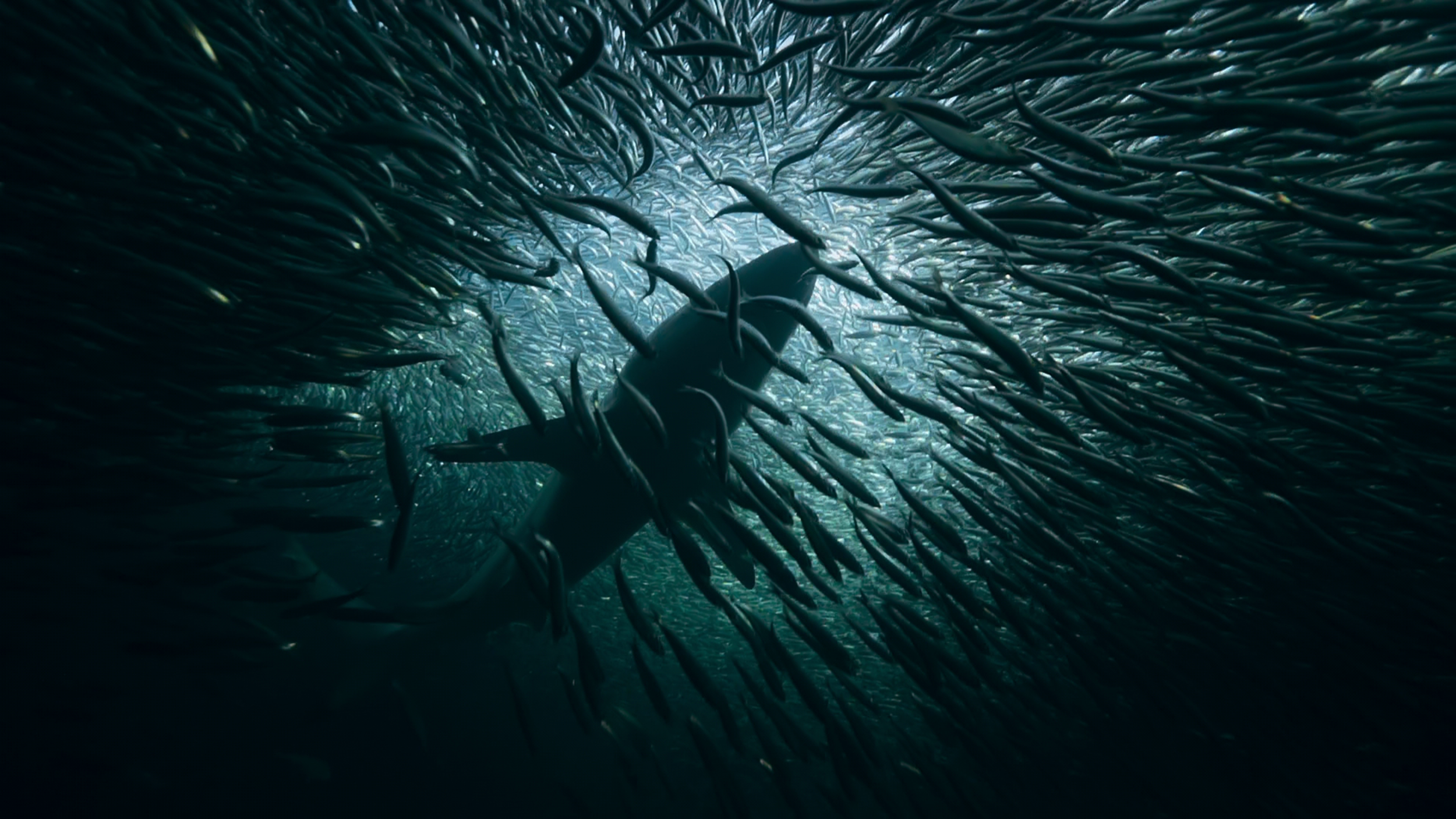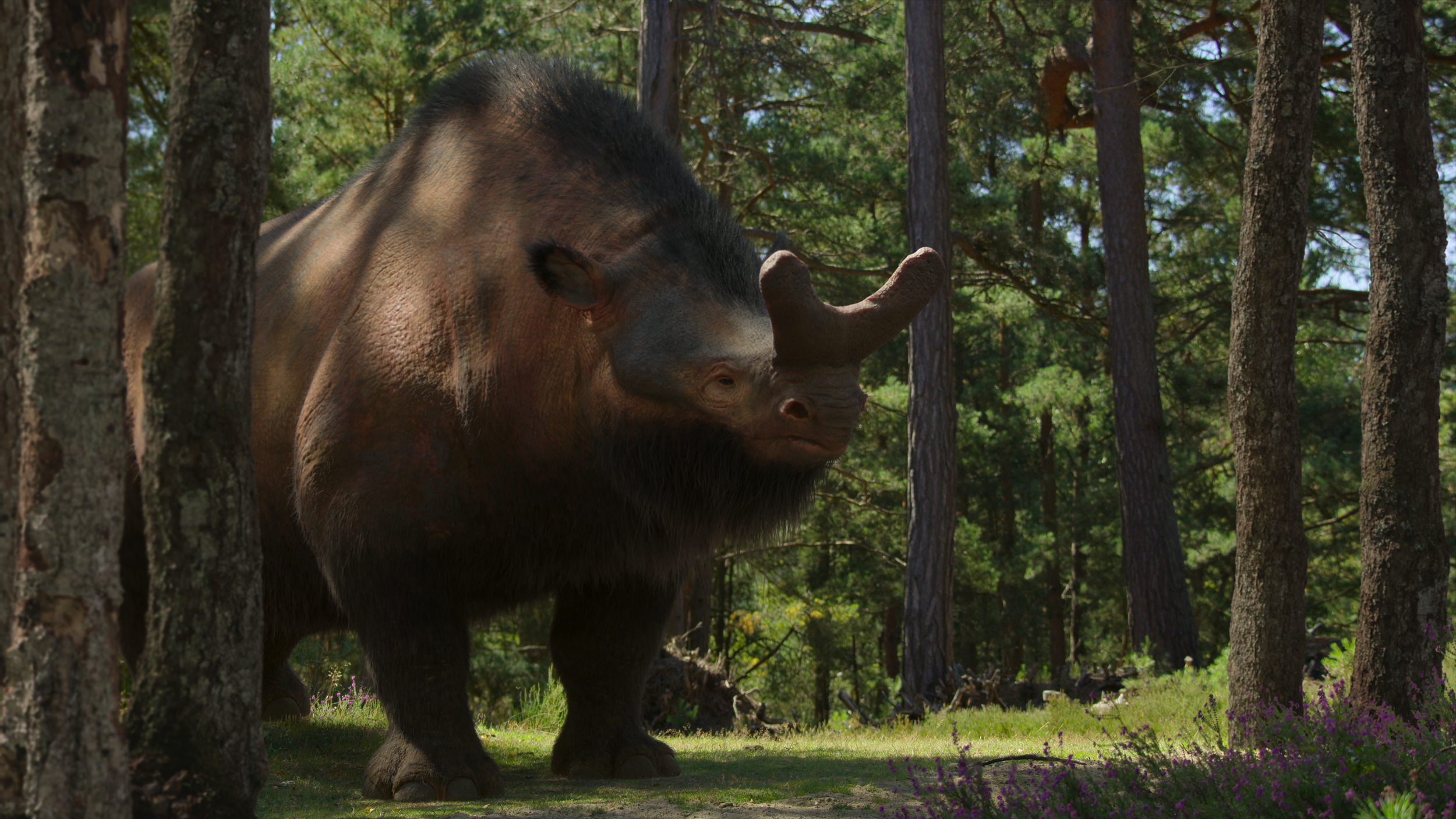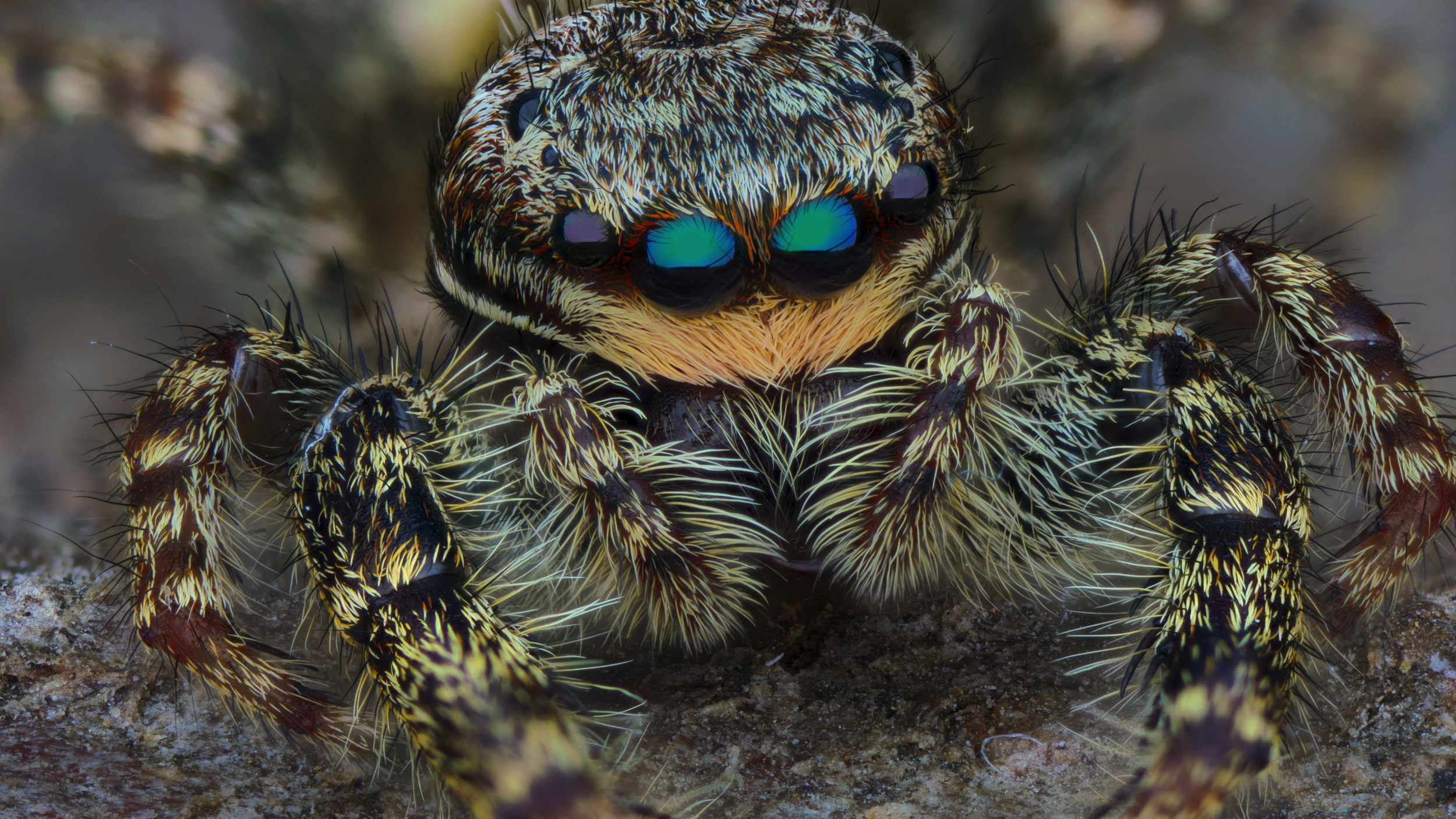Gimbal Technology meets VFX in Groundbreaking Series Life on Our Planet
Once in a great while, a cinematic achievement comes along that transcends the limits of our imagination and introduces a new edge of possibility by integrating technology and creativity. In the Netflix series, Life on Our Planet, this is precisely what happens when the cinematographic experience is entrusted to the creative brilliance of documentary filmmaker, Jamie McPherson.
Executive-produced by Steven Spielberg and narrated by Morgan Freeman, the series focuses on the evolutionary history of complex life on earth using the latest technology and science to bring long extinct creatures back to life. The series is a blend of VFX creatures and natural history footage. The VFX creatures were placed in real landscapes to make them feel as believable as possible.
Diplodocus graze by a lake.
A herd of mammoths move across the frozen tundra.
A Sinoraptor stalks an unsuspecting Anchiornis.
For those who have seen this moving docu-series, you may wonder how on earth they interwove the mystery, beauty and perspective of the creatures and their surroundings into such a stylish and dramatic story. According to McPherson, part of the magic was a combination of the stability of the GSS Cinema Mini 512EX when paired with the long lens capabilities of the Canon 50-1000.
“The system gave me huge freedom to create worlds and make the VFX creatures really feel like they inhabited the worlds we created. We were able to use very wide lenses to capture the amazing landscapes with complete stability and freedom to put the camera pretty much anywhere I needed to.”
In filming the series, McPherson used the GSS Cinema Mini 512EX to create VFX sequences with a distinct cinematic style to construct the worlds the creatures inhabited and immerse viewers into those worlds. His complete system consisted of the GSS Cinema Mini 512EX, RED Helium and Canon 14.5-60 and Canon 50-1000mm lenses.
Jamie McPherson on location to film Komodo dragons with the Cine-Buggy.
The GSS gimbal was attached to a crane to film the scene of anchiornis jumping to safety on cliffs in AZ.
Jamie McPherson with a real T-Rex!
During the multi-year project, McPherson mounted the system to various vehicles from 4x4’s, ATV’s, boats, cranes, dollies and even a custom-built Cine-buggy (an off-road rickshaw dolly.) He used the GSS wireless set up for both VFX and Natural History. For VFX, this allowed him to move freely in the filming area to discuss shots with the director and VFX supervisor. For natural history, the wireless system allowed him to use the Cine-Buggy to film creatures such as Komodo dragons and coatis in a way never seen before.
To maximize visual integration, the team recorded all lens and camera data with distances to subject and where the camera was in space with photogrammetry and lidar scans. These metrics were fed into the VFX workflow so the VFX creatures could be placed in the scene as accurately as possible. While this type of filming was new to most of the crew, the team walked away with invaluable experience and a new toolset. By learning innovative techniques and system integrations that create fascinating worlds, we have officially met a new frontier in cinema.
Life on Our Planet is available to stream on Netflix at https://www.netflix.com/.
Learn more about Jamie McPherson at https://www.jamiemcpherson.com/.
GSS gimbals available at https://gyrostabilizedsystems.com/.










